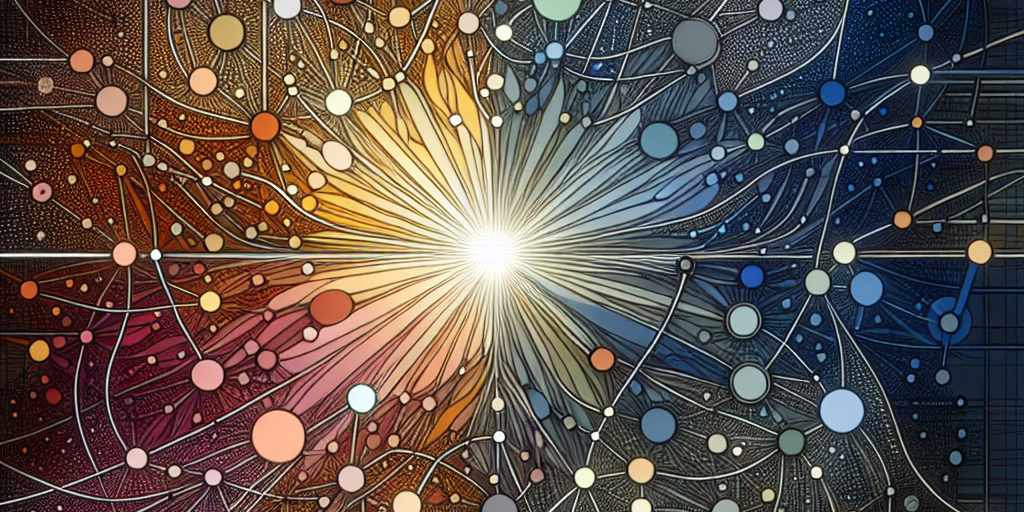Unraveling the Art Secondary Market: Exploring its Functionality and Significance
The world of art is an intricate and captivating realm where creativity transcends time and culture. Within this sphere lies a complex yet fascinating component that often remains shrouded in mystery to the uninitiated: the art secondary market. This segment of the art market, where previously purchased artworks are resold, plays a crucial role in determining the cultural and financial value of art. In this article, we will delve into the functionality and significance of the art secondary market, shedding light on its mechanisms, stakeholders, and implications for artists, collectors, and investors alike.
Understanding the Art Secondary Market
The secondary art market refers to the arena in which artworks that have already been sold at least once are bought and sold again. Unlike the primary market where works are sold directly from artists or their representing galleries, the secondary market deals with pre-owned art. This market encompasses a range of platforms including auction houses, private sales, galleries, and online marketplaces.
Mechanisms of the Secondary Market
1. Auction Houses:
Major auction houses like Sotheby’s, Christie’s, and Phillips serve as pivotal players in the secondary market. These institutions offer a transparent and public platform for the sale of high-value artworks, creating benchmarks for pricing and provenance.
2. Private Sales:
Private transactions, often mediated by art dealers and advisors, provide confidentiality and tailored arrangements. This segment allows for negotiation and discretion, appealing to buyers and sellers seeking privacy.
3. Galleries and Dealers:
Many galleries and dealers engage in secondary market activities, offering clients opportunities to resell works. These entities often possess deep knowledge of the market and specific artists, aiding both buyers and sellers in making informed decisions.
4. Online Marketplaces:
In recent years, digital platforms such as Artsy and Artnet have democratized access to the secondary market. Online marketplaces provide an easily navigable space for collectors and dealers to transact globally, expanding the market’s reach.
Significance of the Art Secondary Market
1. Establishing Value and Provenance:
The secondary market plays a crucial role in establishing the financial value of artworks. Sales records and auction results contribute to an artist’s market trajectory, serving as reference points for future valuations. Additionally, provenance, or the documented history of an artwork’s ownership, is solidified through secondary transactions, enhancing the work’s authenticity and prestige.
2. Financial Opportunities and Liquidity:
For collectors and investors, the secondary market offers liquidity and the potential for financial gain. Art, often perceived as a long-term investment, can be sold in the secondary market to realize returns. This market also provides opportunities to acquire established works with a proven track record, reducing the risks associated with primary market speculation.
3. Artistic Legacy and Recognition:
The resale of artworks in the secondary market can significantly impact an artist’s legacy. High secondary market demand and strong resale values reinforce an artist’s standing and historical importance within the art world. This recognition can lead to increased representation in museum collections, exhibitions, and scholarly discourse.
4. Market Trends and Insights:
The activity within the secondary market generates valuable insights into art market trends. By analyzing sales data, market participants can identify shifts in collector preferences, emerging artists, and fluctuations in demand for particular genres or periods.
Challenges and Considerations
1. Market Volatility:
The secondary market is not immune to volatility. Economic downturns, shifts in cultural interests, and changes in market sentiment can all influence prices and transaction volumes.
2. Authenticity and Condition:
Ensuring authenticity and the condition of artworks is paramount. Due diligence involving provenance research, condition reports, and expert authentication is essential to mitigate risks associated with secondary market transactions.
3. Regulatory and Ethical Implications:
Navigating legal and ethical considerations is crucial in the secondary market. Aspects such as tax implications, repatriation of cultural heritage objects, and adherence to anti-money laundering regulations demand careful attention.
Conclusion
The art secondary market is a dynamic and integral part of the art ecosystem, influencing the perception, value, and dissemination of artworks across the globe. Its complex mechanisms and significant role in art valuation and cultural heritage underscore its importance for collectors, investors, and the broader art community. By unraveling its functionality and significance, we gain a deeper appreciation of the secondary market’s influence on the continuous dialogue between art, commerce, and history.







